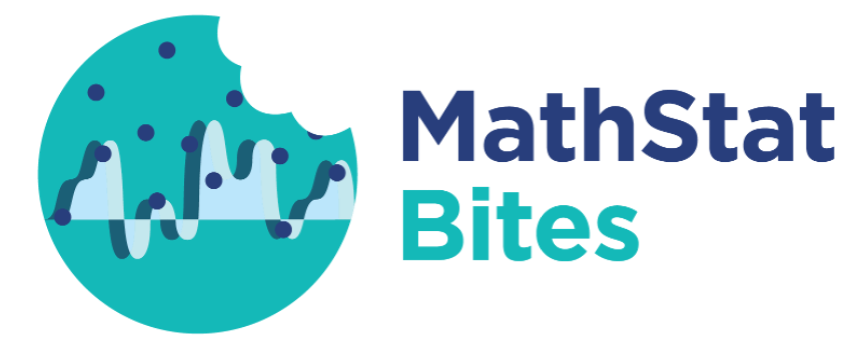A balanced excited random walker returns home
Title: Balanced Excited Random Walk in Two Dimensions Authors and Year: Omer Angel, Mark Holmes, Alejandro Ramirez; 2023 Journal: Annals of Probability Will balance and excitement always lead a random walker home? A new paper in the Annals of Probability attempts to answer this question and explores paths along the way. Random Walks Imagine you moved into a new neighborhood and you are excited to go on a walk to explore. The neighborhood is arranged in a grid structure, so at each intersection you have four choices for which direction to take: left, right, forwards, or backwards. Since you don’t know where you’re going, you decide to use some randomness to pick which direction to take. This is a random walk: a type of random process that is just a succession of steps on some sort of graph according to some probabilistic rules. The neighborhood grid gives a walk in…
Improving Nature’s Randomized Control Trial
Does a higher body mass index (BMI) increase the severity of COVID-19 symptoms? Mendelian randomization is one method that can be used to study this question without worrying about unmeasured variables (e.g., weight, height, or sex) that could affect the results. A recent paper published in the Annals of Statistics developed a new technique for Mendelian randomization which improves the ability to measure cause-and-effect relationships.
What’s the Chance a Random Problem Has a Solution?
Consider a graph, which is a set of vertices connected with edges. Your task is to assign two colors to the vertices of the graph, but under the constraint that if vertices share an edge, then they must be different colors. Can you solve this problem and satisfy the constraint? Now suppose that the edges of the graph are chosen randomly; for example, by flipping a coin for every two vertices to determine if there is an edge connecting them. What’s the chance that you can still find a coloring which satisfies the constraint?
A solid which floats in every orientation: An answer to a problem from the Scottish Book
If a solid object floats in water in every position, is it necessarily a sphere? In a paper published this year in the Annals of Mathematics, Dmitry Ryabogin proves the answer is “no”.
